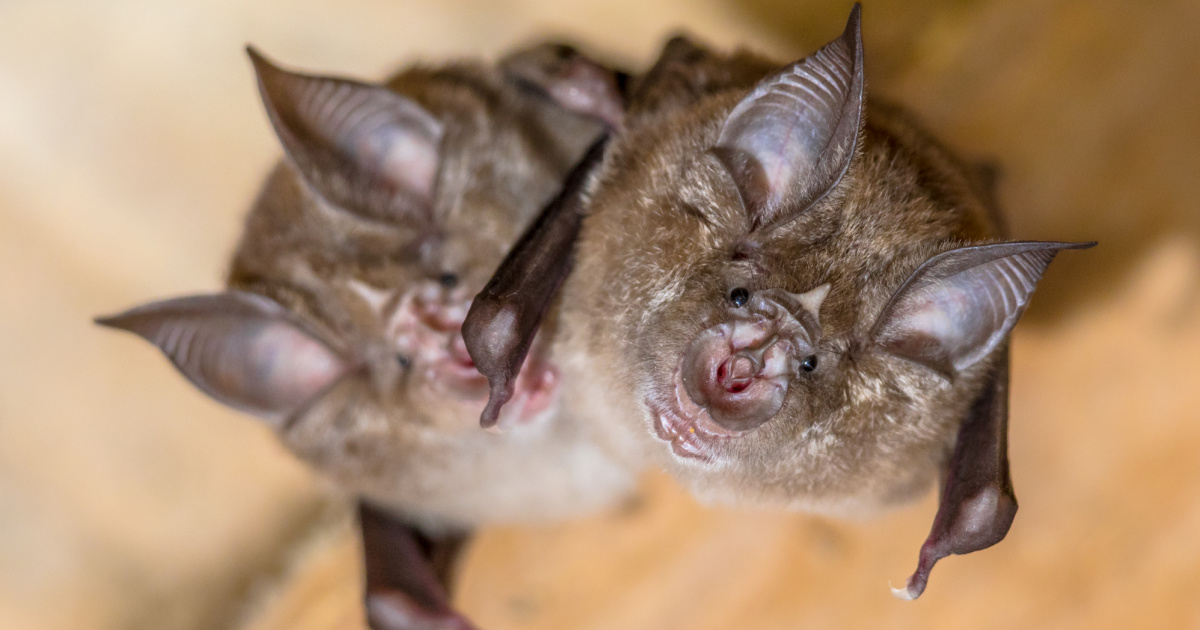
One of the universal differences between males and females is that the former are just meant to be “bigger.”
That’s what makes them the protectors and the providers, right? Well, maybe not.
Because of our human biases, we might imagine that animals like lions, gorillas, etc have the same differences between males and females as we do – namely, that the male of the species is larger than the female.
This new study looks at over 400 mammal species and found that in most cases, the males aren’t larger by default.
Males and females of every species have visible differences, like coloring, feathers, horns, and sure, sometimes size.
Back in the 1970s, mammalogist Katherine Ralls found that only a few species have a significant difference size difference between males and females – still, that assumption has persisted.
The scientists who took part in this study say this could be because previous studies focused on large primates and carnivore species, not including mammals like rodents and bats.
They included 429 different species in their dataset, which focused primarily on body mass. In 38.7 percent of those species, the males and the females are the same size.
In 45.1. percent, the males are bigger, and in the final 16.2 percent, the females are the larger group.
Most of the differences in size were not extreme.
Even in species where the males are larger, it’s typically not extreme, and it’s close to even as far as males being larger and no difference being found as far as size at all.
The bias could have resulted from the fact that most early studies focused on the male competition for mates. In those species, the males do tend to be larger for that reason alone.
More data could skew the numbers in either direction, of course, and the scientists involved hope to conduct more research into female biology across the board.
Thought that was fascinating? Here’s another story you might like: Why You’ll Never See A Great White Shark In An Aquarium